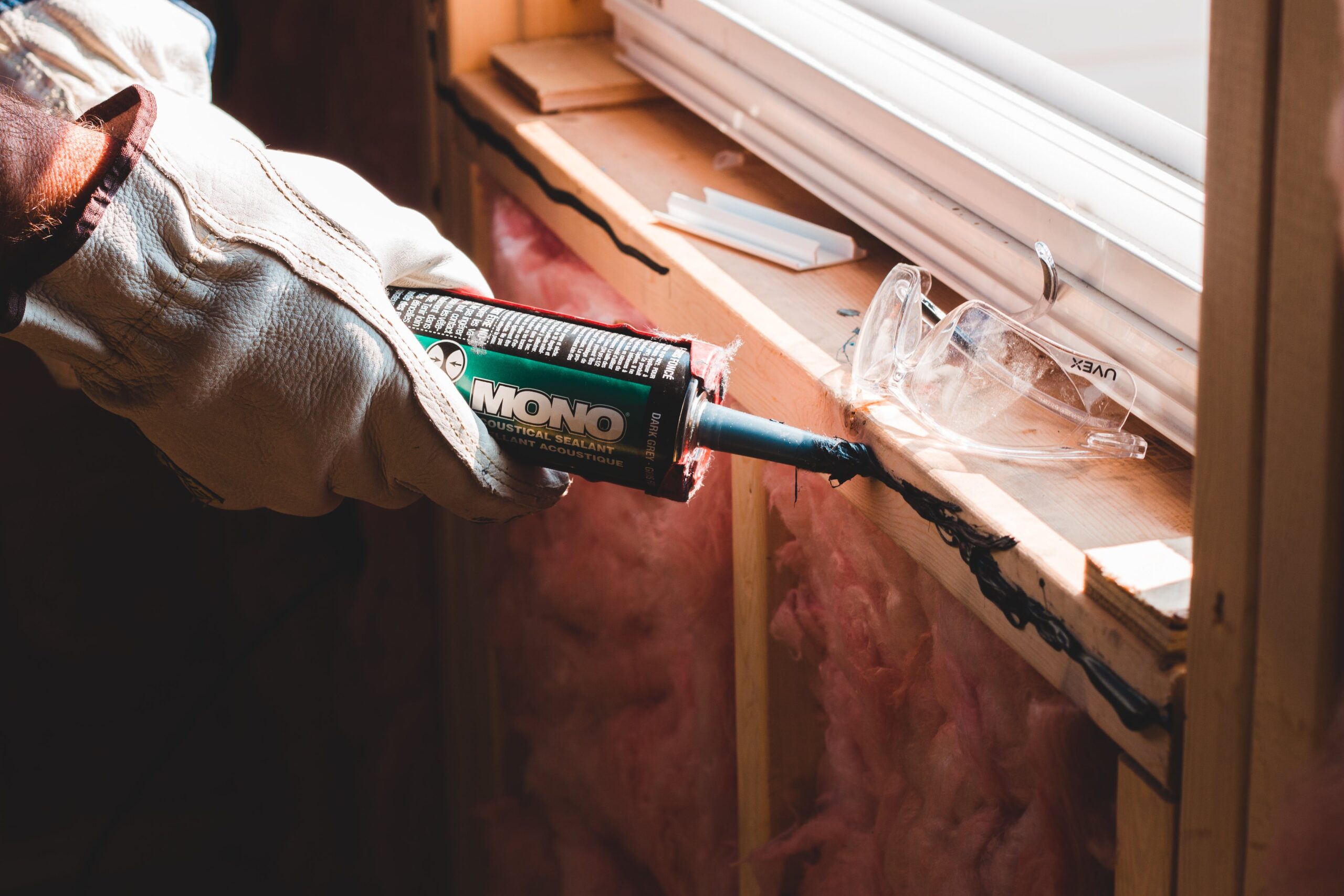Creating an airtight home is fundamental for energy efficiency, comfort, and indoor air quality. In this guide, we explore crucial methods to achieve air tightness in new build homes, ensuring compliance with standards and optimising performance.
Understanding Air Barriers:
Air barriers serve as crucial elements in achieving air tightness. They must be impermeable to air, continuous, durable, and accessible. Internal barriers should be airtight, while external barriers need to be wind-tight. Although air barriers can be vapor-open, careful specification of adjoining construction and insulation materials is necessary. Once the building is airtight, mechanical ventilation becomes essential for maintaining indoor air quality.
Effective Sealing Techniques:
Rigorous sealing of laps in membranes is imperative. Running a layer of double-sided tape between membranes at overlaps and sealing the leading edge with tape enhances security. Special wind and airtight membranes, complete with adhesives and service penetration seals, are available to facilitate this process.
When installing or reinstalling window and door frames, meticulous sealing of gaps around the frame is essential. Using compatible sealants and pre-compressed flexible expanding foam strips for larger openings ensures a tight seal. Additionally, ensuring that the airtight membrane meets and overlaps the seal is crucial for maintaining overall airtightness.
Sealing joints between door/window frames and surrounding walls externally with compatible sealant is vital. Internally, applying sealant to gaps between wall reveals/window boards and window/door units further enhances air tightness. Draught stripping existing windows and external doors using synthetic rubber or elastomeric tubular seals is recommended. Brush seals are suitable for sash windows.
Sealing Service Penetrations:
Sealing holes around services passing through the external wall, including water, drainage, gas pipes, boiler flues, and electrical cables, is paramount. Heat-resistant sealants should be used around boiler flues. Similarly, sealing holes around service pipes passing through suspended timber floors is essential to prevent air leakage.
Additional Measures for Air Tightness:
Blocking up redundant fireplaces, ensuring thermally insulating blocking materials, and inserting vents are crucial steps. Drylining can be made airtight by considering parge coating before installation and applying a continuous perimeter of adhesive when drylining directly to an external wall. Sealing joints between boards, laying room-conditioned hardboard over existing floorboards, and sealing joints between the ceiling and external walls further enhance air tightness.
Conclusion:
Achieving air tightness in new build homes is essential for energy efficiency, comfort, and indoor air quality. By implementing effective sealing techniques and addressing potential air leakage points, homeowners can create homes that meet regulatory standards and optimize performance for years to come. With meticulous attention to detail and the right materials, achieving air tightness becomes an achievable goal in any new build project.


